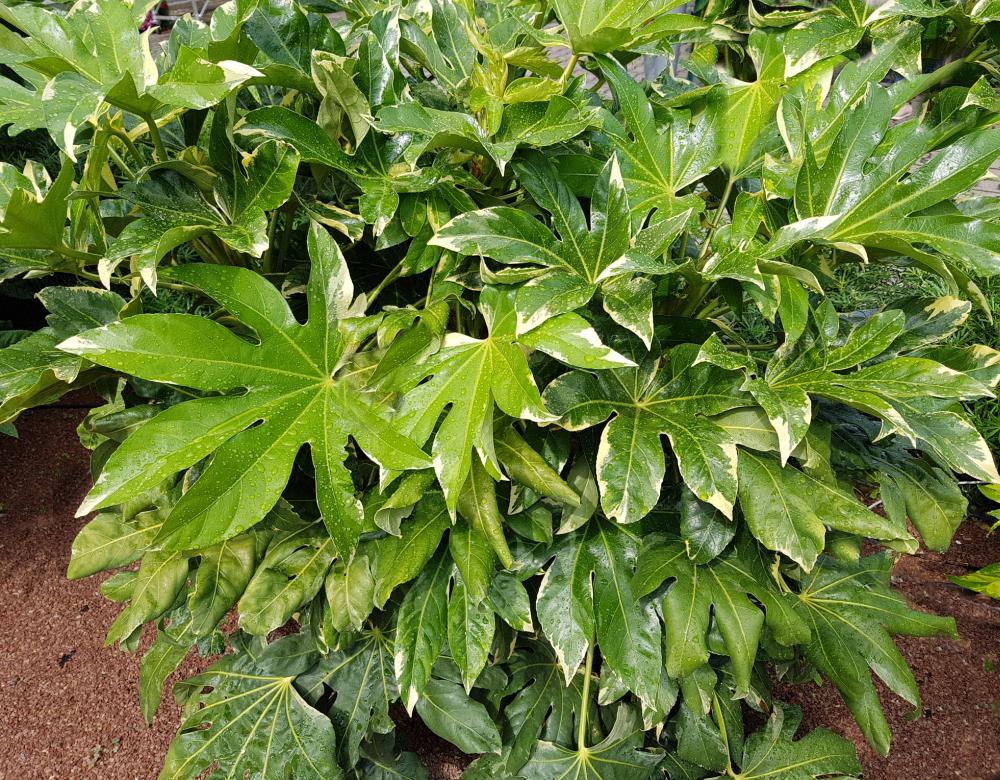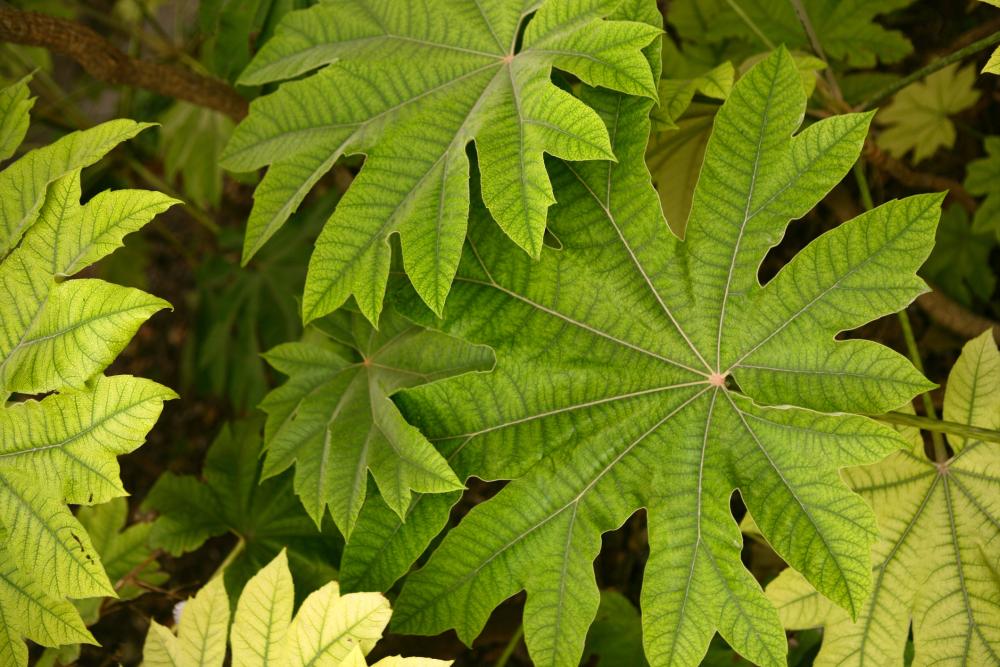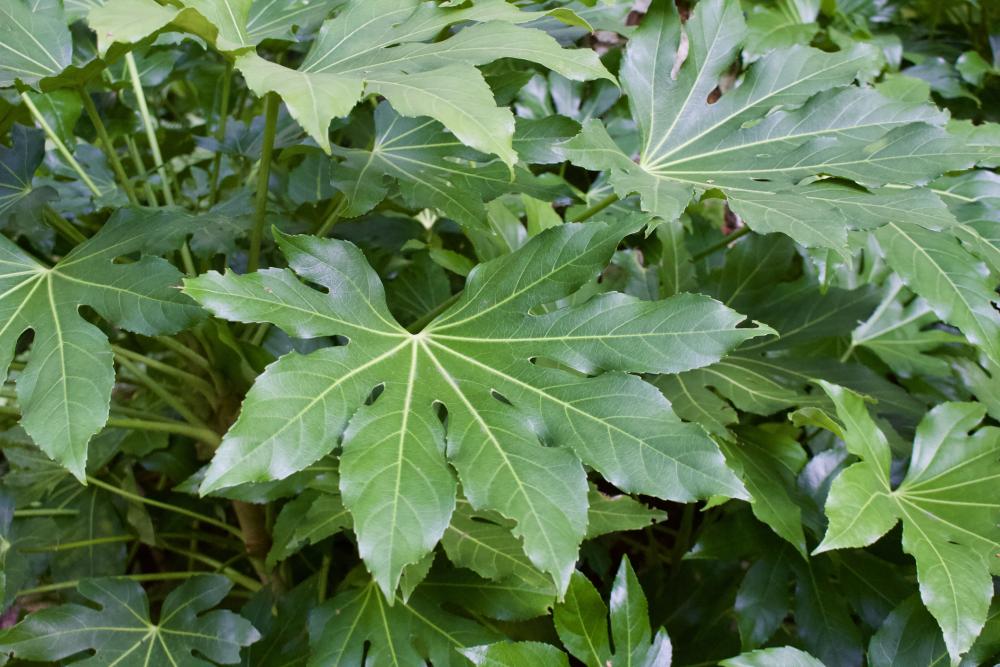Aralia Plant Care – How To Grow And Care For Aralias
As houseplants, the aralia is unparalleled in terms of beauty, ease of care, and hardiness. This is the type of plant to grow if you have no experience with gardening or indoor plants. It’s a forgiving plant that can handle stress due to dry soil, lack of nutrients, or inhospitable conditions.
Add to that the different aralia varieties, and you know you got yourself a winner. Mixing and matching the different plant varieties is one of the secret pleasures that people indulge in. And while some of those combinations might not work sometimes, more often than not, you’ll end up with a unique assortment of aralias that complement each other and give your decor the right colors and textures to make it stand out.
So if you’re new to houseplants or even if you have a few years of experience under your belt but have never tried aralia planting before, this article will show you the ropes. Read on to find out how to plant, grow, and care for aralias.
All About Aralia
The aralia is the kind of plant that seems to have just the right features for a houseplant. It’s herbaceous, perennial, and deciduous. But even when it loses its lush foliage in the winter months, it springs back to life after a short dormancy and fills the place with shimmering green colors.
Some aralia varieties can grow to about 9 feet tall and spread out 3 feet across. But others have modest heights and can fit snugly in small places in your living room or kitchen. The only drawback is that most varieties are only suitable for zones 11 and 12. Even if you grow it indoors, it still requires high temperatures and steep humidity.
The stems of the aralia, which can become thick and robust, will not turn woody and always retain their suppleness even when the plant ages. The average stem can grow to 3 feet long and carry compound leaves. The leaves start as light green when young, but the color deepens and becomes brighter in mature leaves. Some varieties have leaves that are about 12 inches long and 6 inches wide.
In the summer, the aralia will have clusters of tiny flowers that could be white or yellow, depending on the variety. But they are not reliable to bloom when grown indoors. In fact, it’s rare for these plants to bloom. However, the lack of blooming doesn’t diminish their beauty. The lush green foliage more than makes up for the absence of flowers.
Aralia Varieties
With flowers out of the picture for most varieties, you need to focus on the foliage, structure, and texture of the variety. Even with green being the dominant color of the leaves (only a few varieties have variegated leaves), the different leaf shapes and sizes give the aralias versatility that fit in different interior design themes. Here are some of the varieties you can grow indoors with success.
- Palapala Aralia: One of the few aralia varieties with variegated leaves. The small leaves have different attractive patterns in a variety of colors ranging from ivory and gold to green and yellow. A patented variety, you’ll need to purchase the seeds from a certified store. Sharing seeds even among friends is not allowed.
- Ming Aralia: This popular aralia grows to about 6 feet. It tends to grow upright with little spread. The small leaves create lacy patterns that give the foliage a unique look. Another advantage is that you can train the branches to create any design you like. They are resilient and won’t snap easily, even when twisted.
- Parsley Aralia: A small cultivar that doesn’t grow an inch over 8 inches. You can grow it in a small pot and keep it on a window sill. The cultivar gets its name from the small leaves that resemble parsley leaves. It’s an undemanding plant that requires little maintenance.
- Fernleaf Aralia: This cultivar is evergreen, unlike many aralia varieties, which are deciduous. The divided leaves give the plant the look of a small tree. And like many aralias, the branches are easy to train, which can come in handy when you want to give the plant a unique or complex shape.
How to Grow Aralia
Unless you’re trying to plant a patented aralia cultivar, most aralias are free to distribute and share. You can get a cutting from a mature plant and start it at home with a great success rate. And although you can start the aralia at any time, springtime is usually the ideal time to start it. The only thing to watch out for is transplanting the plant before the roots have been established. Here’s how to start aralia from cutting in easy steps.
- Wait for the soil temperature to go above 60 degrees Fahrenheit before you plant it.
- Choose a mature plant and cut 6 inches of a healthy branch. The branch could be a new shooting or an old stem.
- For new branches, keep about 4 leaves at the top of the cutting. As for older branches, remove all the leaves on the cutting before planting them.
- Select a medium-size terra cotta pot with plenty of drainage holes at the bottom. Don’t start with a small pot since transplanting the young plant is not recommended.
- Prepare a pot for each cutting and fill it with an all-purpose potting mix.
- Add 2 inches of organic materials for every one square foot of soil.
- Dip the cutting in a rooting hormone to speed up the root development.
- Dig a hole in the middle of the pot and shake off the excess powder before planting the cutting 2 inches deep.
- Refill the hole with the potting mix and firm it to push out air pockets, and keep the cutting standing upright.
- Water immediately enough to make the potting mix moist.
- Rooting takes a few weeks, depending on the aralia variety. So be patient and don’t tug at the cutting.
- After the roots develop, only then will the first growth emerge.
Aralia Care
Since aralia plants rarely flower indoors or even in the garden, your maintenance tasks are a lot simpler. Providing the right growing conditions for the aralia involves watering and feeding on time. Some pruning might be required, but you should be careful when handling the plant since it’s toxic.
Soil
When choosing or amending the soil for aralia, your main focus should be on aeration and drainage. Well-drained soil will promote the growth of the root system of the plant, which, more often than not, is prone to rot. The aralia roots are sensitive to wet soil so add coarse sand to the potting mix. Even if the soil is loamy, you should add some perlite to improve the texture of the soil. The pH levels should be close to acidic. Any reading above 7.0 is good for this plant. Add lime to the potting mix to raise the acidity of the soil to the levels the aralia prefers.
Light
The sun is both a blessing and a curse for the aralia. While the herbaceous perennial plant cannot do without the sun, too much exposure to sunlight, especially in the afternoon, can cause more harm than good. For potted plants, keep them on a window sill facing the north or east. That way, the aralia will get the morning sun. If the window is facing the south or west, draw a lace curtain in the afternoon to filter the light. This houseplant favors partial shade over direct exposure to the summer sun. Between 4 to 6 hours of sunlight during the growing season is more than enough every day. It’s recommended to err on the side of less sun exposure than the other way round.
Water
Keeping in mind the fragile roots of the aralia, your watering patterns should be regular but shallow. The goal is to keep the soil moist during the spring and summer but never overwater it. This might be a little difficult to maintain since the soil in the pot dries out fast. However, the rule of thumb is to wait for the top inch of the soil to dry out before watering the pot. Don’t water it until the excess water comes out of the drainage holes at the bottom of the pot. That means the soil is wet, and the roots could rot. During the fall and winter, cut back on watering, and you can allow the top three inches of the soil to dry out completely between irrigations.
Fertilizer
Although this perennial plant doesn’t flower, it still needs feeding just like any other houseplant. Eventually, the nutrients in the soil get depleted, and the aralia shows signs of stress. These signs include yellowing leaves, wilting stems, and sometimes the leaves would fall. Feed this perennial plant with mild liquid fertilizer at half strength, or you can use rabbit manure compost tea. Apply the fertilizer once a month until the plant goes dormant in the late fall. Hold back on feeding it until the next spring. Chemical fertilizers are to be avoided since they could burn the roots. The fast-release fertilizers also trigger sudden growth spurts that could stress out the plant.
Repotting
As with all perennial houseplants, your aralia will need repotting often. Depending on the variety and how fast the plant grows, you might have to repot it once a year. Change the soil with every repotting and increase the pot size by increments of 2 inches. Keep in mind that the plant will grow taller with frequent repotting. So if you want to keep its size compact, opt for repotting once every couple of years.
Pests and Diseases
Aralia is naturally resistant to many diseases except for root rot. The main cause of root rot is overwatering or letting the plant sit in waterlogged soil for long. Symptoms of root rot include wilting and squishy stems, yellow leaves, and a slow growth rate. Dig up the soil near the root and if you notice any rot signs, trim off the damaged roots and repot the plant using fresh soil.
The common pests that prey on the plant are mealybugs, scale, spider mites, and aphids. Fill a bucket with a gallon of water and add two spoons of neem oil. Spray the plant with this natural pesticide to get rid of the pests.
Aralia Toxicity
Unfortunately, aralia is toxic for both humans and animals. Ingesting any part of the plant can cause health issues that require immediate medical help. If ingested by humans, symptoms of poisoning include stomach pain, nausea, dry mouth, and vomiting. If you touch the leaves with your bare hands, this causes skin irritations and rash.
The symptoms among pets are almost identical to humans. The animal will have excessive drooling and might vomit in severe cases. To avoid aralia poisoning, keep the plant away from the reach of children and pets. When watering or pruning the aralia, you should wear protective gloves and eyeglasses.


